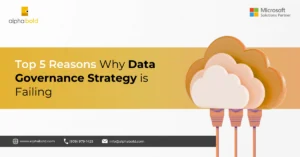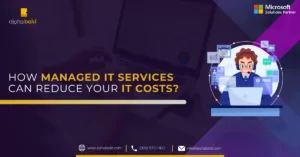Introduction
I have read a few books and heard at least a dozen talks comparing Cloud Computing with Electricity. The idea that businesses in IT industry would change drastically with Cloud computing has its merits. However, comparing electricity’s evolution with cloud computing stretches it too far. The fact that over the years, the manufacturing industry evolved from using small electricity units that would suffice to fulfill their requirements to centralized Grids seems appealing to a few. We tend to forget that in IT we already tried Grid computing, and it failed.
Cloud Computing vs. Electricity: A Perspective Shift
Moreover, the analogy is fictitious because no one ever wrote a book titled “Does Electricity Matter?” and there was never a debate on the utility of electricity. Don’t get me wrong; I believe that with cloud computing, IT companies need to redefine their business models to gain a competitive advantage. However, by comparing cloud computing with something as essential as electricity, some pundits argue that the cloud is the only way to survive in the IT industry going forward. I would not buy that, as other IT models will continue flourishing. If one wants to understand Cloud computing and its impacts, one would be better off comparing it with the telecommunication industry.
Step into the World of Smart Solutions with AIoT!
With AlphaBOLD, discover the synergy of artificial intelligence and the Internet of Things in crafting innovative, intelligent systems. Start your journey towards smart solutions today.
Request a ConsultationLessons from the Telecommunications Industry
The telecom industry has evolved, and its manifestation is that companies are making a profit on data plans today instead of making money on the handsets. The competition and advancement in Telco forced the stakeholders to redefine how they did business. Consumer expectation to pay less for a standardized service meant that there would be quick adaption but less profit provided customer expectation is met. It also meant that there would be competition over time, resulting in lower profit margins. It also meant that client addition and retention would be challenging and require process streamlining. Product offerings and packaging that are audience-specific will govern the business’s success. Business insight into processes and quickly changing markets would be essential to change with the marketing trends. How did companies evolve with these changes in the industry? What happened to companies that didn’t change with the market? What was the impact on the early adopters? What was the effect of competition on profit margins? I believe that answers to these questions would hold for cloud computing.
Read more: Cloud Services – Bridging the gap between two Worlds
Adapting to the Cloud: Insights and Strategies
In Pakistan, with a population of around 242.8 million, cell phones are among the most sold commodities, but service providers continue to complain about the lack of profit. On the other hand, small companies that sell problem-specific solutions to these telecommunication giants tend to make good profits. Similarly, the challenges of subscription models and KPIs for customer addition and retention in this model in Telco provide deep insight into the software industry. Think of a user with a cell phone who uses services such as Hotmail, Google, Facebook, Car rentals, Hotel bookings, and travel advisory. This user pays nothing and gets so much from the cloud. Now, it’s just a matter of applying the same to the industry so businesses can run on the cloud. Businesses would eventually reach there, so we are better off realigning to be part of the change. However, profits will be marginal unless the processes are defined and services are replicated.
Read more: Leveraging the Power of Cloud: Advantages of Cloud-based SharePoint
Drive Innovation with AIoT Services!
Let AlphaBOLD be your partner in integrating cutting-edge AI and IoT technologies. Together, we can unlock new levels of creativity and efficiency.
Request a ConsultationExplore Recent Blog Posts








Excellent analysis of cloud computing in comparison to other IT models.